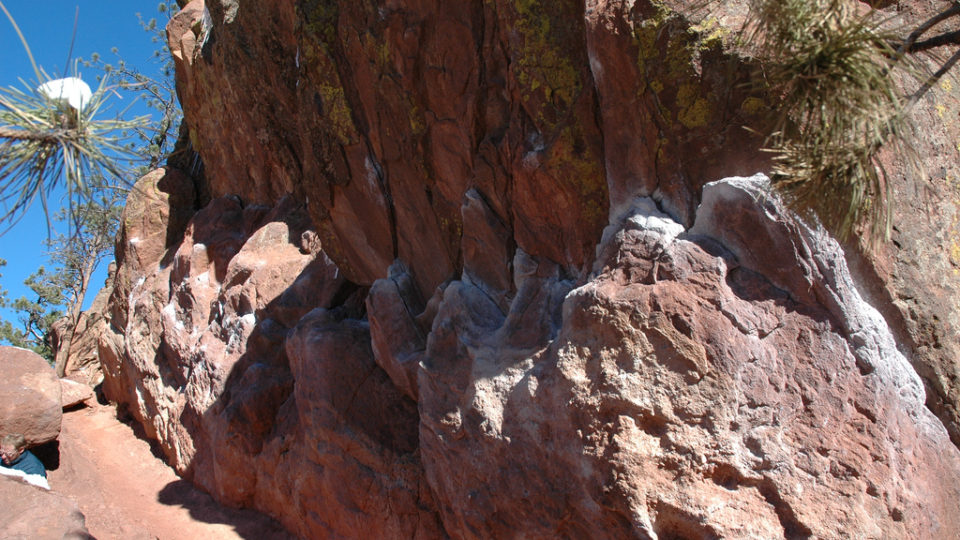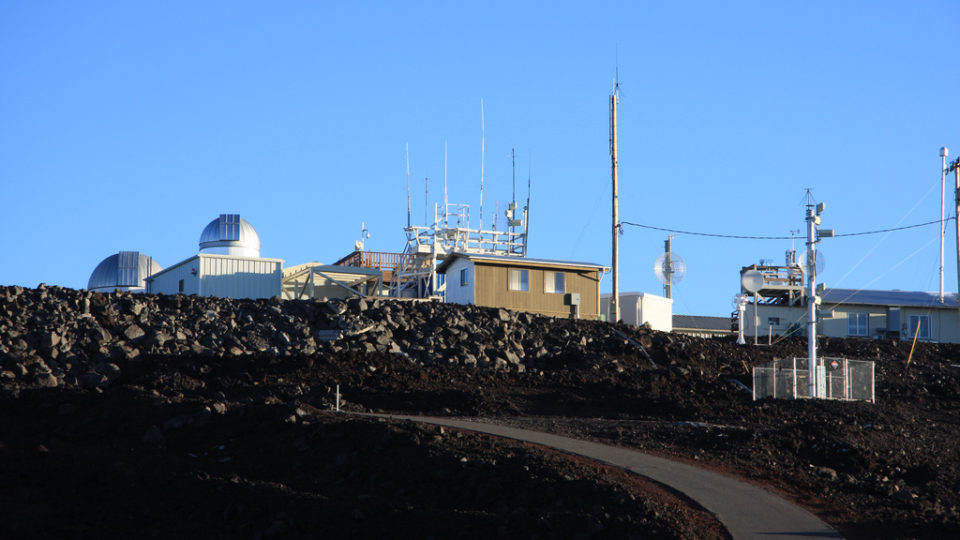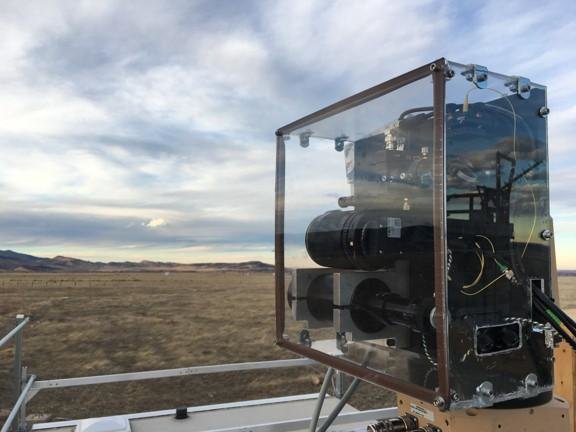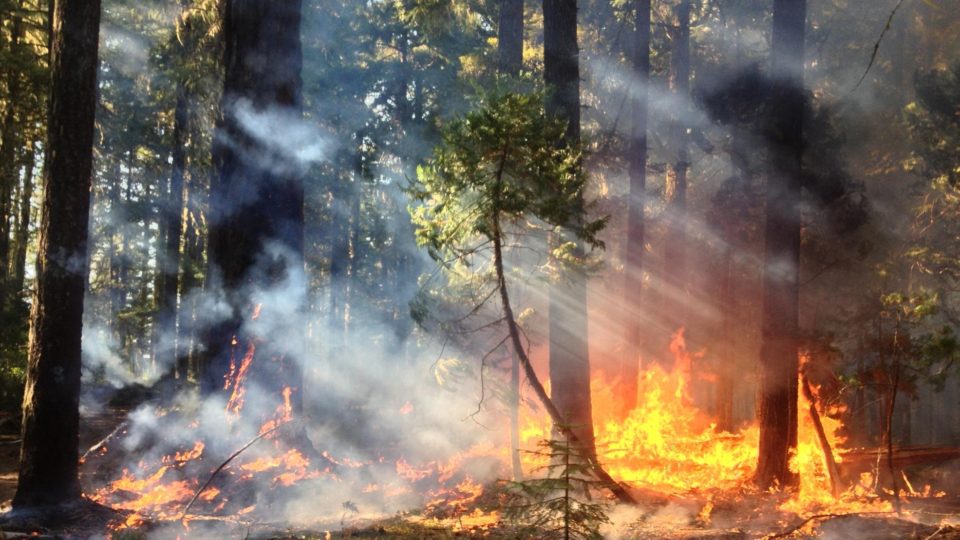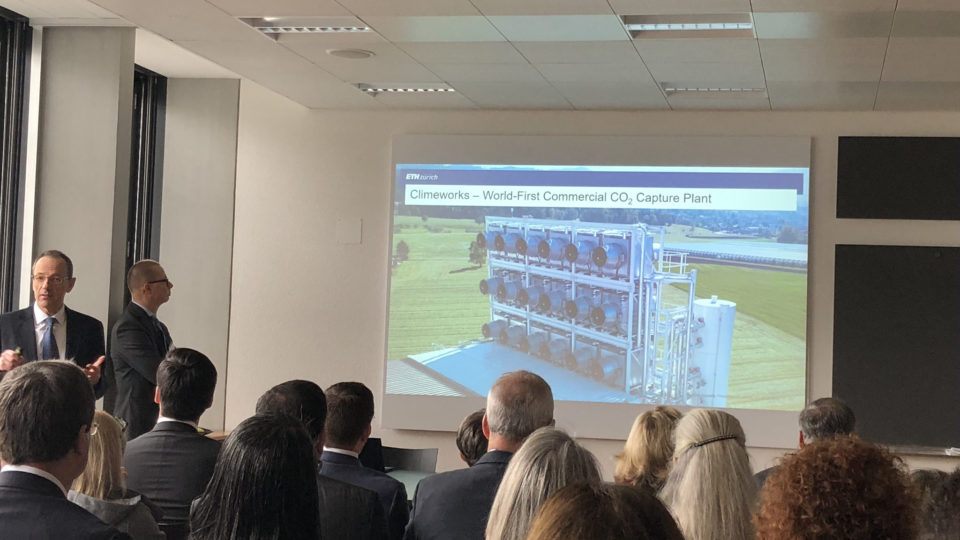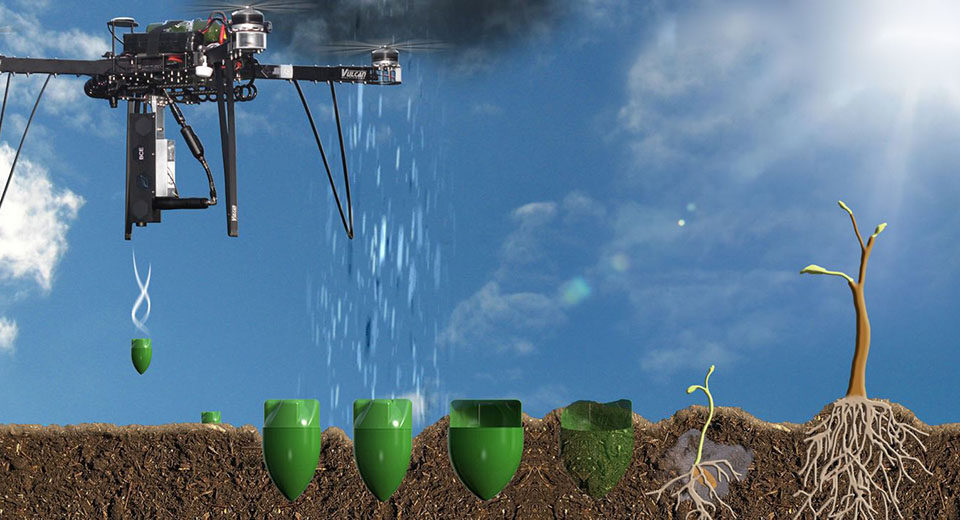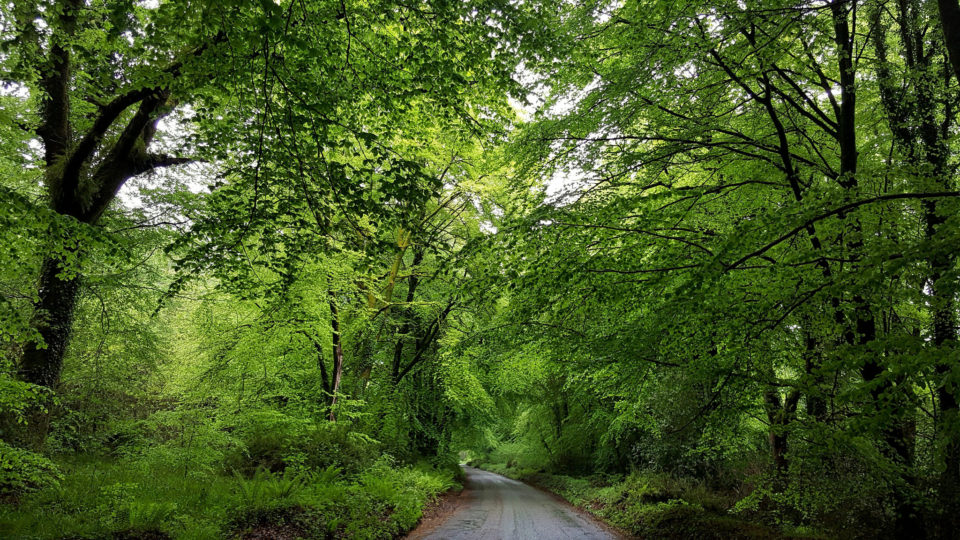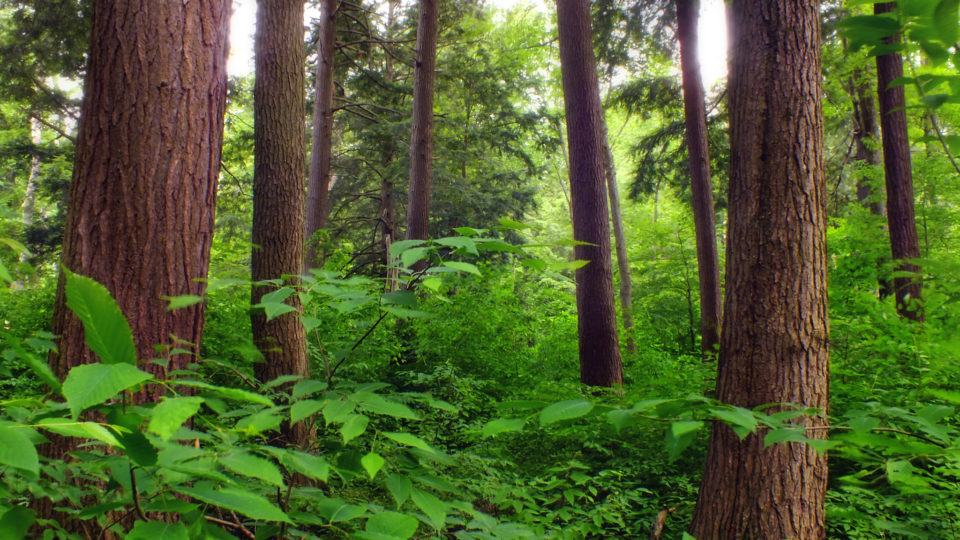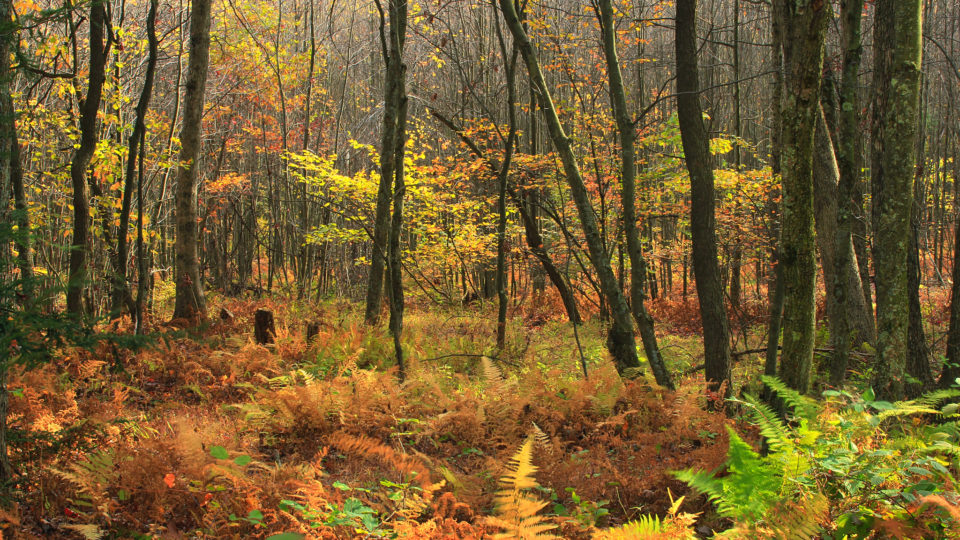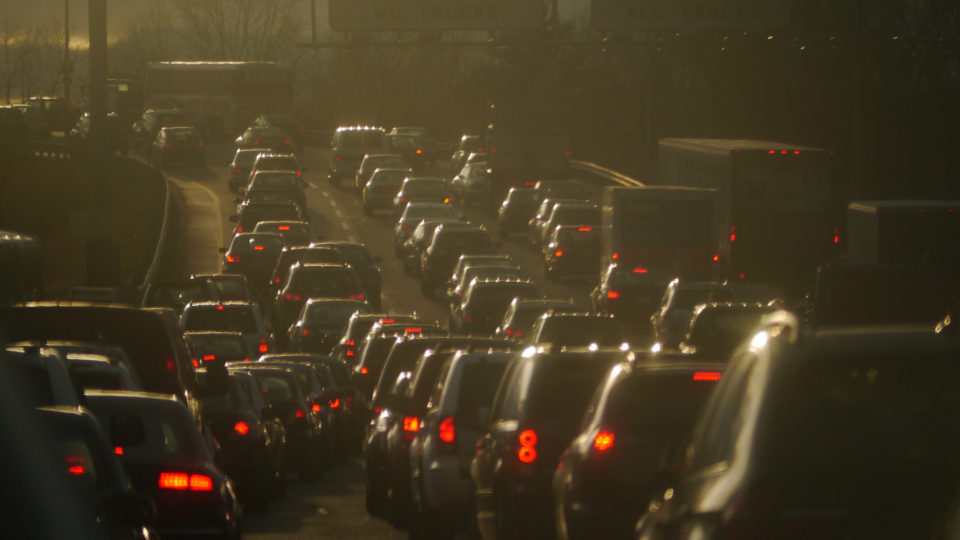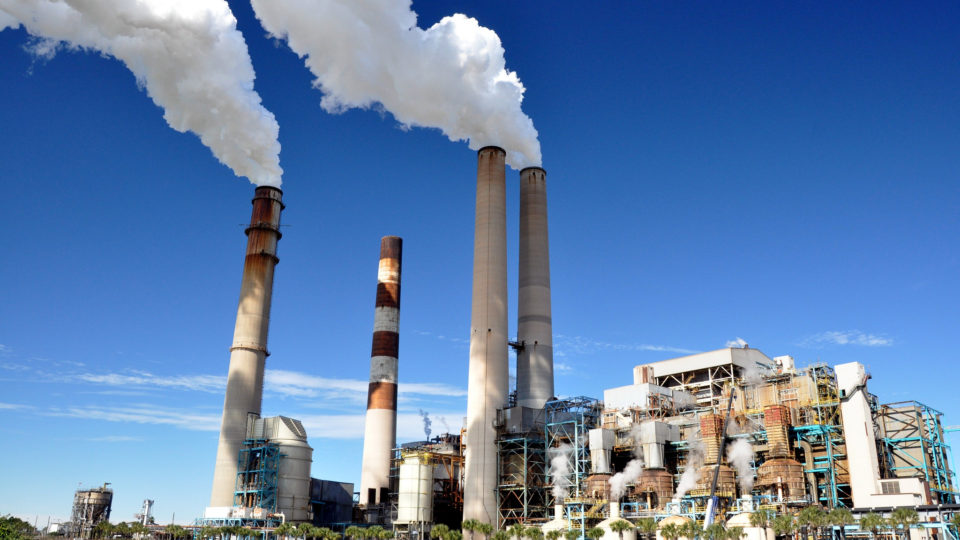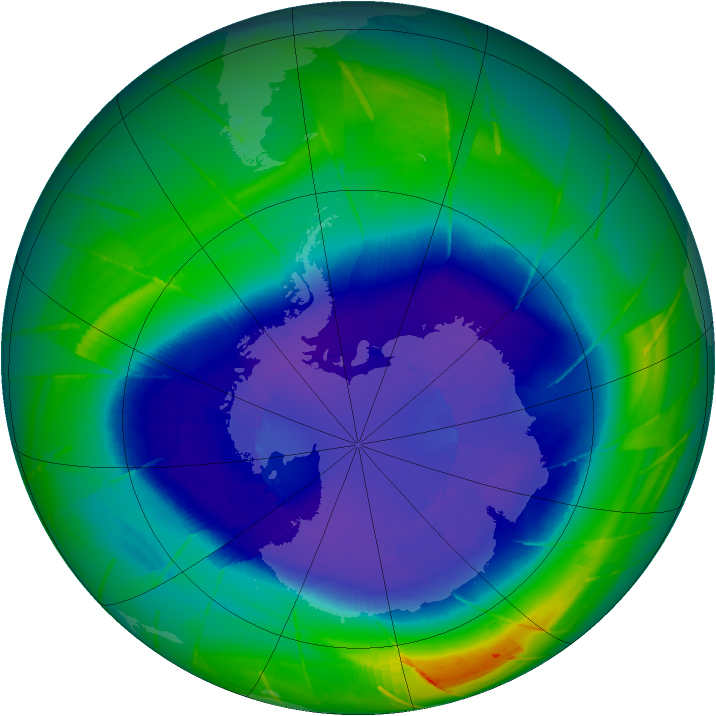carbon dioxide
Another CO2 Milestone
The global concentration of carbon dioxide in the atmosphere was measured at 400 parts per million for the first time in recorded history in May of 2013. It was a brief event at the Mauna Loa Observatory in Hawaii at the time. Within the next couple of years, however, readings of at least 400 ppm became standard.
Finding Methane Leaks With Lasers
Burning natural gas instead of coal is considered to be an important way to reduce greenhouse gas emissions. In principle, it is. Gas combustion produces much less carbon dioxide than coal combustion.
Climate Change And Biodiversity
According to a new study recently published in the journal Climatic Change, up to half of the plant and animal species in the world’s most naturally-rich areas could face local extinction by the turn of the century due to climate change. This projection, jeopardizing the biodiversity in places like the Amazon and the Galapagos, assumes carbon emissions continue to rise unchecked.
Air Pollution Reducing Global Warming
Pollution particles emitted by diesel cars and trucks, coal-fired power plants, factories, primitive cook stoves, and the burning of forests are major contributors to the pervasive air pollution that plagues many cities and regions of the world. In India and China, such pollution leads to hundreds of thousands of deaths each year. And countries around the world are working hard to reduce pollution.
Electrifying Shipping Fleets
Container ships, tankers, freighters, and cruise ships are a significant source of carbon dioxide emissions and other pollutants. They currently account for 3% of global emissions – which doesn’t sound like much – but most other sectors such as power plants and automobiles are gradually decarbonizing. As a result, experts believe that shipping could account for as much as 17% of global emissions by the year 2050.
Lots Of Credit For Carbon Capture
These days, the federal government has mostly turned its back on efforts to mitigate climate change or, for that matter, to even recognize its existence. However,the budget bill passed in February contained a major increase in the tax credit known as 45Q, which provides incentives to businesses to develop and utilize carbon capture, utilization and storage technologies.
Tree-Planting Drones
One of the major causes of the increasing carbon dioxide levels in the atmosphere is deforestation. We chop down about 15 billion trees each year. Over time, our activities have reduced the number of trees on earth by about 50%. We do plant trees – these days, about 9 billion a year. It is a substantial number, but still leaves a net loss of 6 billion trees annually.
The Restoration Economy
Deforestation is one of the largest contributors to climate change. Forests cover about 30% of the world’s land area and are a crucial sink for carbon dioxide. Over time, we have been steadily reducing the amount of forest in the world to obtain wood and timber, open up farmland, build towns and cities, produce paper, make palm oil, and mine for minerals.
Natural Climate Solutions
The Paris Climate Agreement embodies a commitment to hold the increase in the global average temperature to less than 2 Celsius degrees above preindustrial levels. Most strategies to achieve this goal involve reductions in greenhouse gas emissions from human activities such as burning fossil fuels as well as various land use activities. But there are also so-called Natural Climate Solutions, which relate to the storage of carbon and reduction in carbon emissions across global forests, wetlands, grasslands, and agricultural lands.
Removing CO2 With Plants
Plants are the world’s great storehouse of carbon dioxide. That is why deforestation is a major contributor to climate change. If only there were more trees and plants, more of the CO2 in the atmosphere would be absorbed and could no longer trap heat in the atmosphere.
Cryptocurrency And Climate Change
Bitcoin is a form of digital currency. Bitcoins aren’t printed, like dollars or euros. They are produced by people and businesses using computer software to perform the necessary complex calculations. A bitcoin is essentially a line of computer code that’s signed digitally when it goes from one owner to another. Bitcoin is the most prominent example of a growing category of money known as cryptocurrency.
Transportation And Greenhouse Gases
Power plants have been the biggest source of greenhouse gas emissions in the United States for more than 40 years. But the ever-changing picture of electricity production has changed that situation. According to new data from the government’s Energy Information Administration, transportation has now taken over the top spot.
Climate Change And Barley
The impacts of increased carbon dioxide and the changing climate are often complicated and, it turns out, not always negative. In some areas of the world, people can actually benefit from increased CO2 and climate change. Barley, the most important feed crop for beef production in Alberta, Canada, as well as the province’s beef industry itself actually stand to gain from the changes that are most assuredly not a good thing for much of the world.
Turning Emissions Into Fuel
Reducing carbon dioxide emissions is an essential element in mitigating climate change. The best approach is to not produce the stuff in the first place and the ongoing transition away from fossil fuels is trying to do just that. But realistically, fossil fuels will be with us for a long time to come. Given that, additional approaches are necessary.
Carbon And The Dark Ocean
Sunlight entering the water can travel as much as 3,000 feet into the ocean depths under the right conditions, but ordinarily there is no significant light that penetrates beyond about 650 feet down. That upper 650 feet is called the euphotic or “sunlight” zone and is home to most familiar marine life. The “dark ocean”, everything below that depth, makes up 90% of the ocean and remarkably little is known about it.
CO2 Emissions Stalled
For the third year in a row, global emissions of carbon dioxide have remained unchanged. This indicates that efforts to reduce emissions have had an effect, but that there is much more to be done. It is essential to reduce emissions, not just cap them.
Carbon And Heating Soil
Plants are a critical part of the Earth’s carbon cycle. They take in carbon dioxide during photosynthesis. Eventually, dead leaves, branches and other materials fall to the ground where bacteria and fungi decompose the materials and release the CO2 back into the atmosphere. This carbon-soil feedback loop is a complicated one that is critical to the overall carbon balance because soils actually contain two to three times more carbon than the atmosphere.
Storing Carbon in the Ocean
As carbon dioxide levels in the atmosphere continue to rise, it may be that clean energy technologies, electric cars, and other methods of reducing emissions may not be enough. Carbon sequestration – sucking carbon out of the atmosphere – is seen by many as a crucial part of the solution.
Ozone Treaty And Greenhouse Gas Emissions
The Montreal Protocol, the international treaty adopted to restore the earth’s protective ozone layer almost thirty years ago, turns out to also have had a major impact on climate-altering greenhouse gas emissions.
[Read more…] about Ozone Treaty And Greenhouse Gas Emissions
